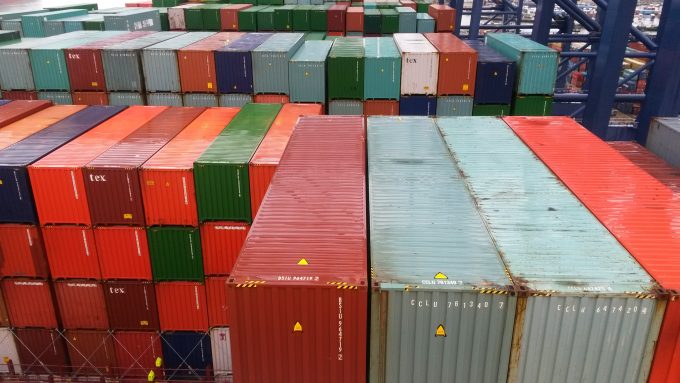The M&A window of opportunity is wide open
The bigger the better, on merit

After the supply chain havoc caused by Hanjin Shipping’s collapse, and with an alliance reshuffle on the horizon, should shippers be hoping for further carrier consolidation?
Or will the new alliance structure create more stability?
Next April, the four major container shipping alliances – the 2M, Ocean Three, CKYHE and G6 – will become three, in the shape of the 2M (or 3M), Ocean Alliance and THE Alliance.
However, according to McKinsey & Co Shanghai partner Steve Saxon, more consolidation, rather than new alliances, would provide greater benefit to ...
European port congestion now at five-to-six days, and getting worse
Keep our news independent, by supporting The Loadstar
'Cargo collision' expected as transpacific capacity tightens and rates rise
Houthis declare blockade of port of Haifa – 'vessels calling will be targets'
Another CMA CGM vessel heading for Suez Canal – 'to mitigate schedule delay'
Ocean rates rise after tariff pause acts as 'starting gun' for more front-loading
News in Brief Podcast | Week 20 | 90-day countdown, India and Pakistan
Navigating supply chain trends in 2025: efficiency, visibility, and adaptability
Demand for transpac airfreight capacity returning – but 'it's not ecommerce-driven'
CMA CGM will carry on investing after 'solid' Q1, despite unclear outlook
Air cargo forwarders stick to spot rates – a long-term contract would be 'foolish'
Yang Ming chief announces rethink on ordering 'megamax' box ships

Comment on this article